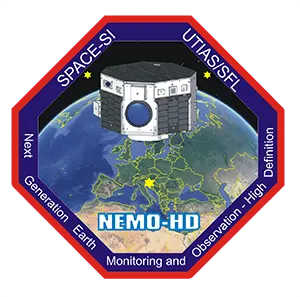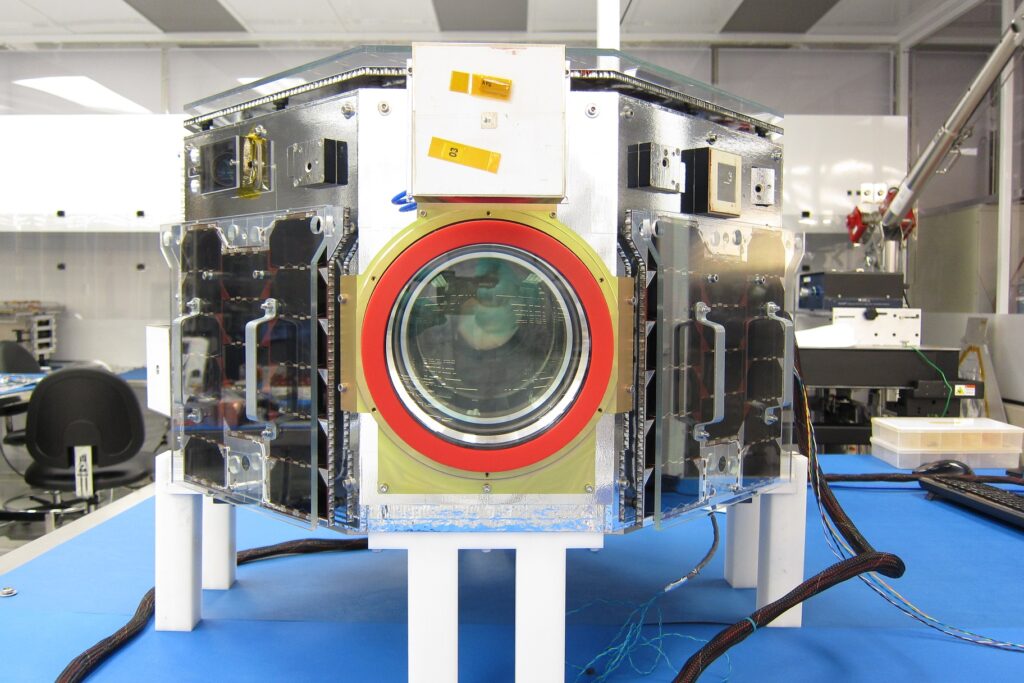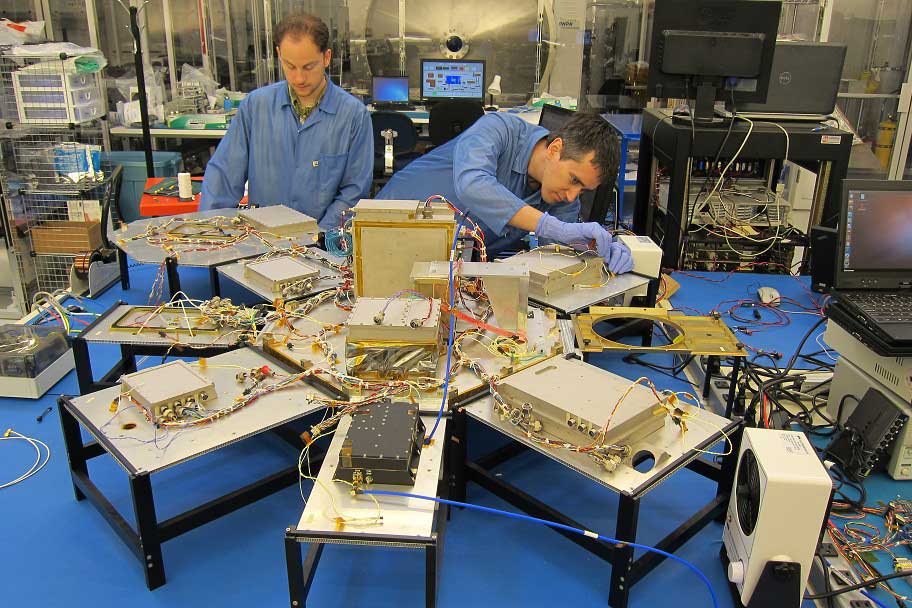NEMO-HD
Next-generation Earth Monitoring and Observation – High Definition




NEMO-HD is a high-performance multispectral Earth observation microsatellite (70 kg) developed in collaboration with the Slovenian Centre of Excellence for Space Sciences and Technologies (Space-SI). Successfully launched 2 September 2020, the NEMO-HD payload consists of two instruments.
The primary instrument is capable of imaging in four spectral bands at a pan-sharpened GSD of 2.8 m, and covers a swath width of 10 km. The secondary instrument produces images at a GSD of 40 m and a much wider field of view.
In addition to still imaging, both primary and secondary instruments capture high-definition video at 25 frames per second. The video is H.264 encoded and downlinked in real time.
NEMO-HD is designed to provide moderate-to high-resolution Earth imagery in multiple bands. In addition, NEMO-HD carries two high-definition video channels, each providing real-time video at 25 frames per second. The video channels are co-boresighted with the still imagery channels. This allows for a real-time imaging mode in which an operator is viewing the real-time video feed; once a feature of interest is spotted, the spacecraft can be commanded to acquire still images of the target.
NEMO-HD represents a breakthrough in next-generation, compact microsatellite missions, and pushes the envelope of what can be accomplished by a small microsatellite in Earth observation.
Partnering with other organizations, SPACE-SI uses NEMO-HD images to build 3D digital twin models of river basins as part of the 22 Rivers Project.
